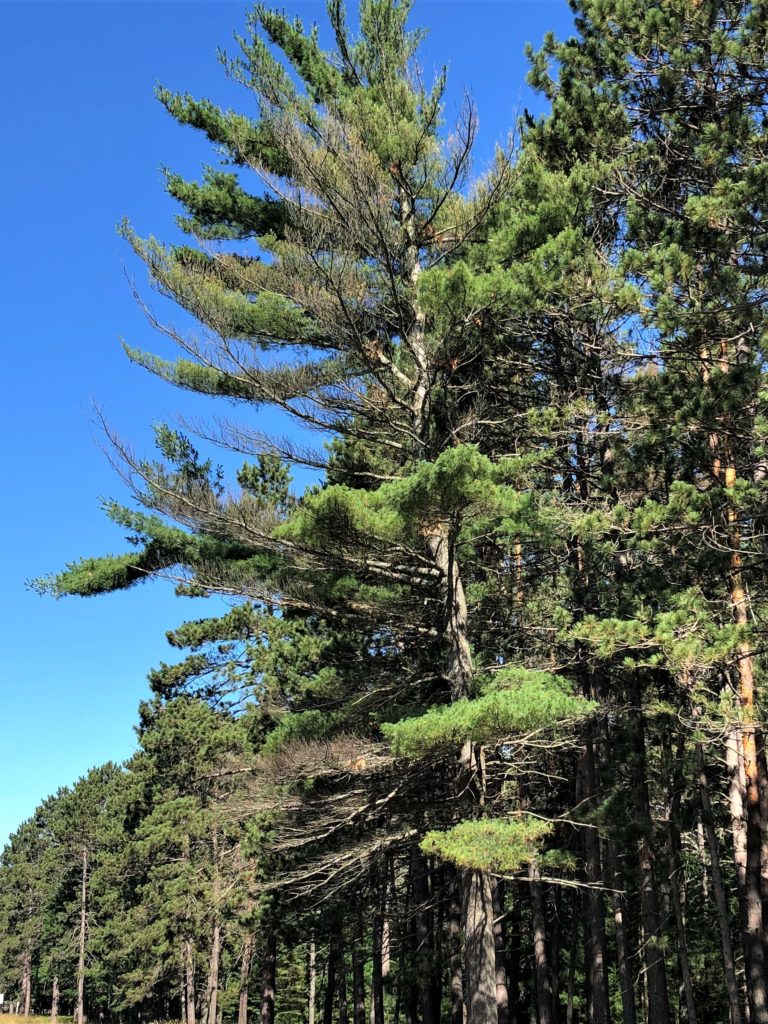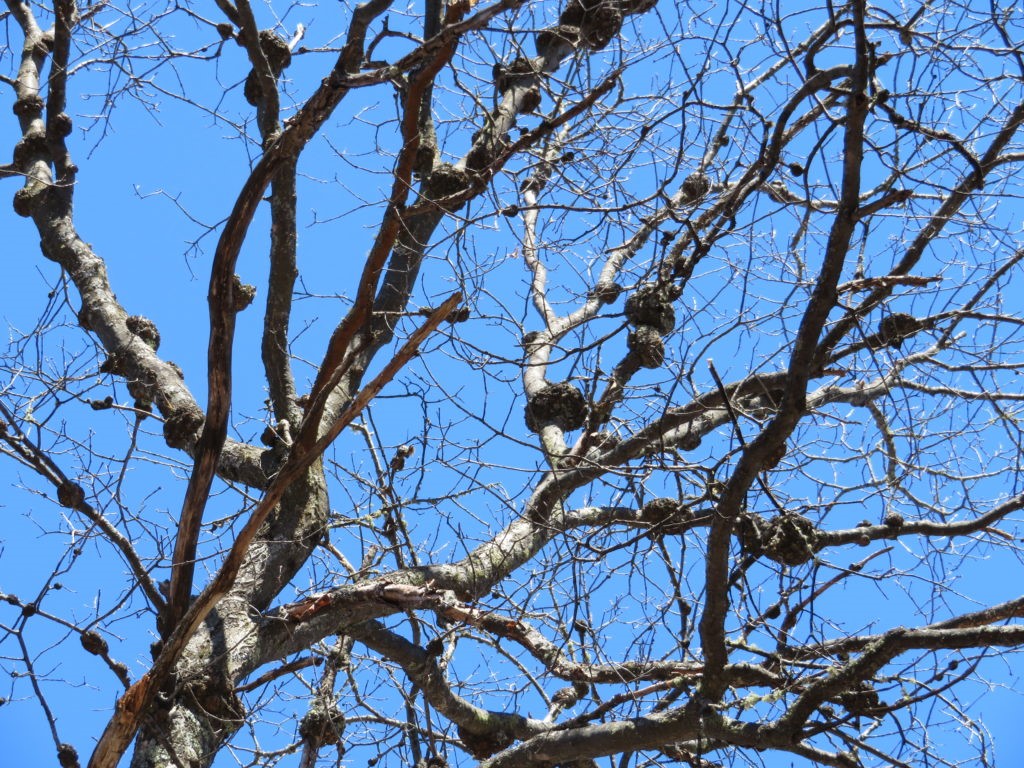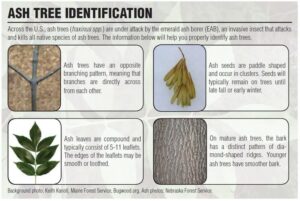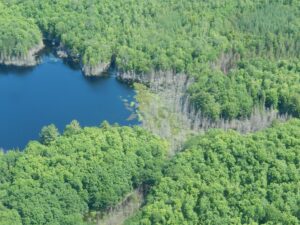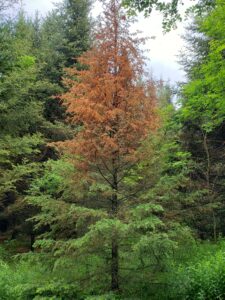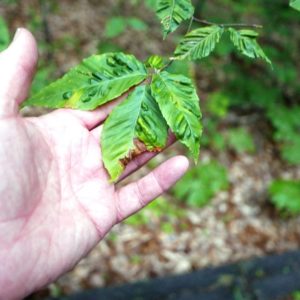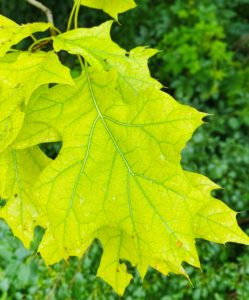By Elly Voigt, DNR Forest Lab Technician and Communications Specialist, Eleanor.Voigt@wisconsin.gov
 The Wisconsin Department of Natural Resources’ Forest Health team recently completed the 2020 Forest Health Annual Report. The report summarizes impacts from pests, diseases and weather on the health of Wisconsin’s forests. Highlights from 2020 include:
The Wisconsin Department of Natural Resources’ Forest Health team recently completed the 2020 Forest Health Annual Report. The report summarizes impacts from pests, diseases and weather on the health of Wisconsin’s forests. Highlights from 2020 include:
• An update on emerald ash borer in Wisconsin, including newly confirmed counties
• New township detections of oak wilt
• Flooding and tornado damage
• Summary of state nursery studies
For access to the report, visit the link here.

